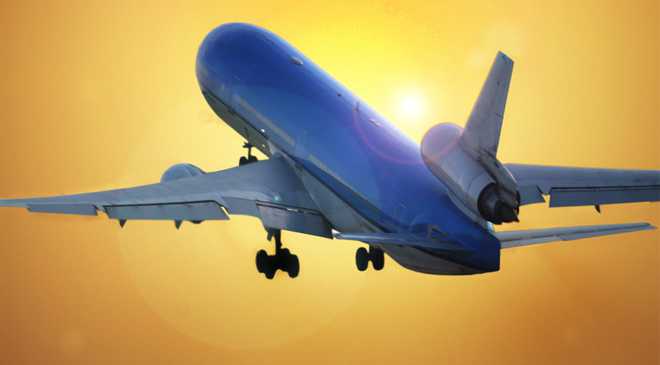Airport representatives were able to make their case to Congress for an increase in the cap on passenger facilities charges, and airline representatives argued against an increase at a June 18 hearing of the Committee on Transportation and Infrastructure, in the Subcommittee on Aviation of the U.S. House of Representatives.
The hearing marks the beginning of what is expected to be a long series of hearings and discussions on how best to fund the Federal Aviation Administration, a process known as reauthorization.
Mark Reis, chairman of the board of directors of Airports Council International-North America, and Todd Hauptli, president and CEO of the American Association of Airport Executives, spoke on behalf of airports. Both urged Congress to increase the cap on PFCs, which they say is crucial to ensure airports are able to meet future capacity needs.
Reis, who is also managing director of Seattle-Tacoma International (SEA), said U.S. airports need a change in the financing model for capital projects.
“U.S. airports lack the ability to raise the revenues necessary to meet our industry’s current challenges,” Reis said. “The federal airport financing model is overly complicated and unrealistic to sustain our industry in the long term, especially given the scale of airports’ future capital needs.”
Reis noted that the airport industry is “vastly different” than it was just a few years ago because of airline consolidation and a more integrated global marketplace.
“With these global influences, passengers are comparing airports to their counterparts outside the United States,” he said. “We have been challenged to meet customer service demands and make capacity enhancements, all while trying to keep airline rates and charges as low as possible.
“In the wake of industry consolidation, smaller airports and their communities are struggling to retain air service or attract new service,” Reis continued. “In this environment, airports are acutely aware of the ever-increasing pressure to keep airline landing fees and rental rates down. We have been challenged to meet customer service demands and enhance our facilities, while trying to attract new air service at competitive fares. Frankly, meeting these challenges remains a struggle for our industry.”
Hauptli pointed to increasing congestion at some of the nation’s airports and noted that “without adequate airport infrastructure investment, increasing demand will likely translate into increasing congestion.”
He cited FAA growth forecasts that show passenger enplanements will reach the 1 billion mark by 2027 and continue growing beyond that, rising from about 746 million passengers this year.
“Airports simply don’t have the luxury of being able to flip a switch and instantly complete a new runway or some other large-capacity project,” Hauptli said. “Airports need to begin preparing now for increasing passengers to come. And it will be increasingly difficult for airports to fund those projects if PFCs remain artificially capped at $4.50 as they have been since 2000.”
Both Reis and Hauptli urged Congressional committee members to increase the federal cap on PFCs by $4 to $8.50, then index the cap for inflation.
“By simply raising the PFC user fee cap by $4.00 and adjusting it to inflation, we can provide the lowest cost solution to keep American’s airports modern and competitive,” Reis said. “Modernizing the PFC user fee also provides the added benefit of increasing local control and putting decisions into the hands of local authorities.”
Hauptli characterized an increase as a “self-help” approach for airports.
“I realize that some of our aviation partners will continue to raise objections to a PFC increase even though additional revenue for airport infrastructure projects would directly benefit them, their customers and the economy,” Hauptli said. “But raising the PFC cap is a fiscally responsible way to ensure that airports have the resources they need to increase capacity, promote competition and enhance safety.
Reis noted that increasing Airport Improvement Program funding is a viable alternative to a PFC increase from the airports’ point of view, but given the realities of the federal budget, “it is simply not realistic for us to expect an increase in AIP funding sufficient to close the capital funding gap.”
Airline Position
Not surprisingly, airlines, represented by Sharon Pinkerton, senior vice president of Airlines For America trade group, voiced opposition to an increase in the PFC cap.
Pinkerton argued that “there is no empirical justification to raise airport-related taxes, such as passenger facility charges. That is the long and short of it.”
“The way to approach infrastructure and funding issues is first to determine at the particular airport the development needs and then to establish the necessary funding levels,” she said. “This demand-focused approach has repeatedly shown that projects can be paid for within existing financing means.”
Pinkerton noted the “close collaboration” that airlines have with airports in addressing necessary capital projects and said current funding streams are adequate to meet future needs.






